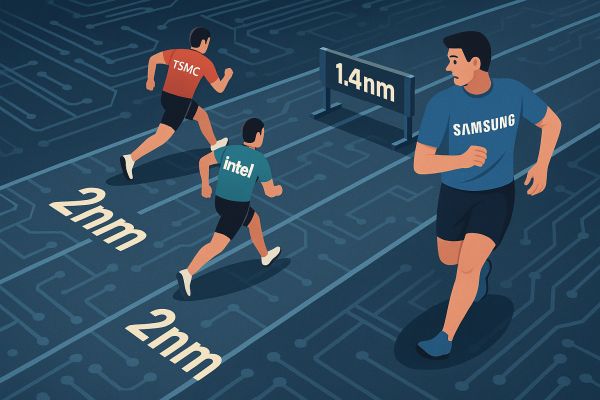Samsung, one of the world's leading electronics giants, is reportedly exploring new strategies to keep manufacturing costs under control. According to the latest information, the company may also cooperate with Chinese suppliers in the future, which could bring about a significant change in its current practices.
This move is primarily related to the next-generation Exynos 2600 chip, which is manufactured using a 2-nanometer process. This advanced technology is extremely expensive, and high manufacturing costs are likely making it difficult for Samsung to maintain its current cost structure.
Until now, Samsung has preferred to rely on Korean, American, and Japanese suppliers for its component purchases, deliberately avoiding Chinese manufacturers in order to minimize risk. However, the high cost of manufacturing the Exynos 2600 chip is prompting the company to rethink this approach and consider using OLED panel materials from Chinese panel manufacturers.
Rumor has it that trial production of the Exynos 2600 prototype has already begun. Internally, Samsung is striving to increase manufacturing efficiency to 50% first, then 70%, thereby attracting potential customers. If these goals are not achieved, the manufacturing costs of a single 2-nanometer chip will be extremely high, which could further increase the manufacturing costs of Samsung's flagship models. For example, if this chip is built into the Galaxy S26 series, the low manufacturing rate could significantly increase the cost per unit.
According to the Korean newspaper Korea Industry Post, Samsung can reduce its component costs by collaborating with Chinese manufacturers and obtain key materials on favorable terms. If this technology can be successfully applied to the Galaxy S26 series, it will not only help control costs, but could also represent a significant breakthrough in terms of specifications, undoubtedly offering Samsung an opportunity to catch up with its competitors.





























